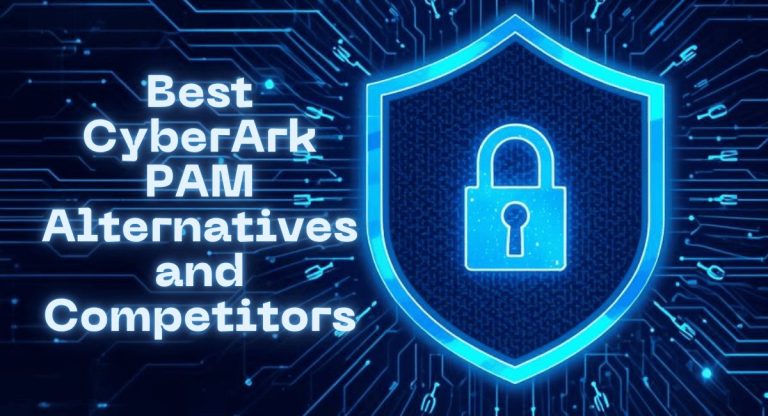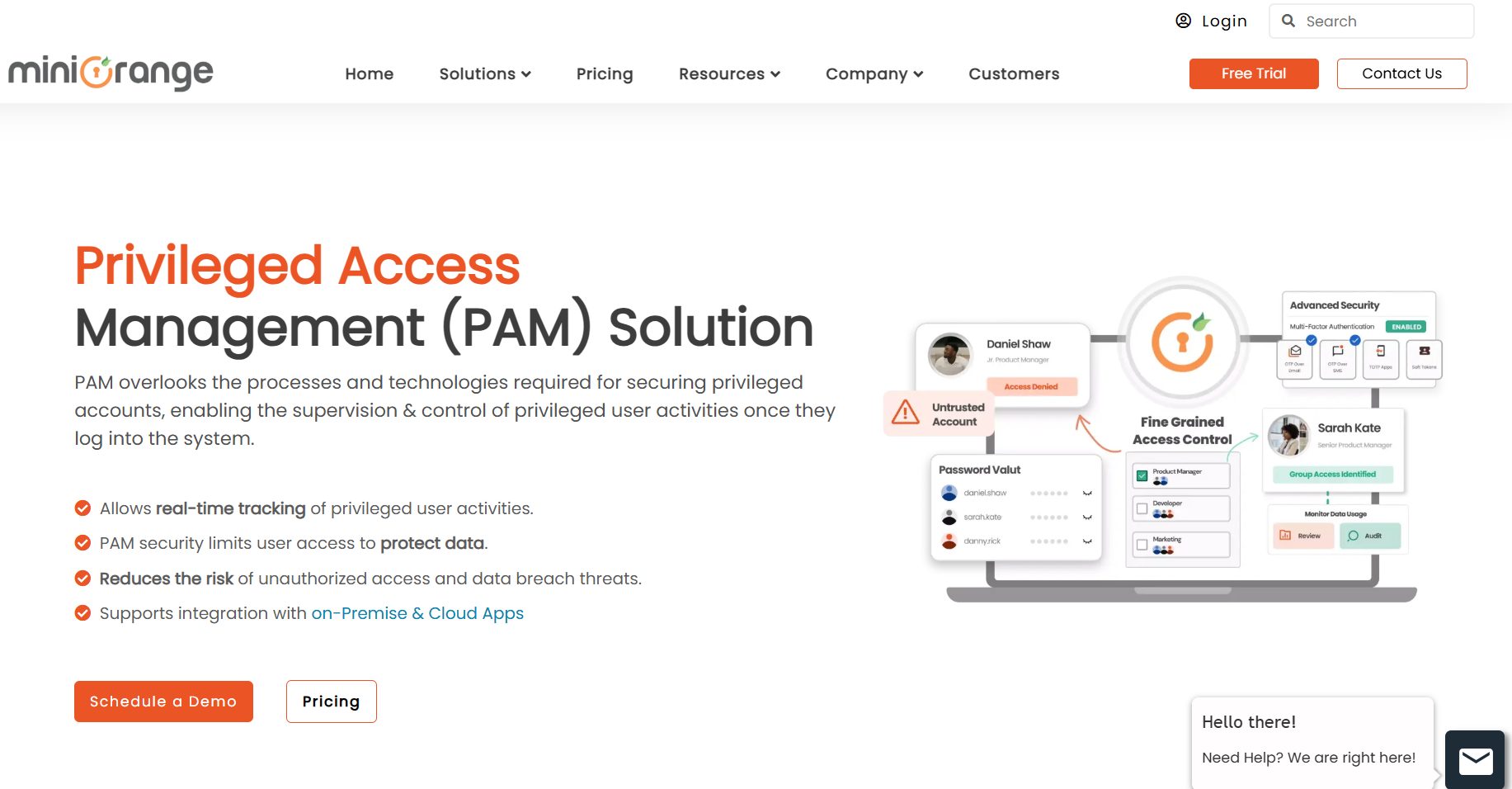In this post, I will discuss house cleaning services that support busy families and modern lifestyles.
Modern families juggle school schedules, work responsibilities, social commitments, and unexpected daily tasks that often leave little time for maintaining a clean and organized home.
As the pace of life continues to accelerate, many homeowners struggle to keep up with clutter, routine cleaning, and the daily upkeep required to keep a household running smoothly. The result is often stress, fatigue, and a feeling that there is never enough time to accomplish everything.
When life becomes this demanding, finding reliable ways to support household routines becomes essential, especially for families seeking balance and comfort.
A clean home provides much more than visual appeal. It creates an environment that supports relaxation, productivity, and overall well-being. However, the energy required to maintain this level of cleanliness can become overwhelming. Dishes accumulate, laundry piles up quickly, and surfaces gather dust faster than many families can manage. These tasks often take time away from activities that matter most, such as rest, family bonding, or personal projects. Understanding how structured cleaning support can help families regain control of their time is an important step toward long-term stability.
Professional support offers an effective solution for families trying to maintain organized living spaces without sacrificing personal time. Many households rely on Maid 2 Clean San Diego to create customized cleaning routines that adapt to their schedules and lifestyles. With professional help, families regain the ability to enjoy their homes without feeling overwhelmed by constant upkeep. The right services provide balance, relief, and a smoother daily experience.
Table of Contents
Why Families Benefit From Professional Support
Families today face many responsibilities, making it difficult to keep household tasks from piling up. Parents manage work demands, childcare, errands, and daily scheduling conflicts, while children contribute additional activity through school, sports, and social events. This constant movement leaves little time for consistent cleaning. By relying on House Cleaning Services, families ease the pressure and reduce the feeling of falling behind on home maintenance.
One of the greatest advantages of professional support is the consistency it provides. Weekly or biweekly appointments create predictable routines that keep messes manageable. Even when life becomes busy, families know their home will receive structured care. This reduces stress levels and prevents the clutter cycles that often occur when cleaning is postponed for too long.
Professional cleaning also ensures a more thorough approach than most families have time for. Trained cleaners focus on high-traffic areas, overlooked corners, and tasks that require special attention. This level of detail helps maintain a healthier environment and reduces the buildup that often leads to overwhelming cleaning sessions. By maintaining consistent cleanliness, families avoid the need for time-consuming deep cleaning as often.
Supporting a Healthy and Comfortable Environment
A clean home contributes significantly to overall well-being. Dust, allergens, and surface buildup can affect air quality and create discomfort, especially for families with children or individuals who experience sensitivities. Consistent House Cleaning Services help reduce these irritants, making it easier to breathe comfortably throughout the day.
Cleanliness also supports better daily organization. When surfaces are clear and items are kept in their proper places, it becomes easier for family members to move through their routines without feeling distracted or rushed. Children benefit as well, as tidy spaces promote healthier habits and make it easier for them to stay organized with schoolwork and belongings.
Emotional well-being improves in cleaner environments. Entering a tidy home after a long day helps reduce mental fatigue. Families experience a sense of calm when their surroundings are in order. Rooms feel more inviting, and daily tasks become more manageable when clutter no longer dominates the space. Household members also experience fewer disagreements over chores, which supports a more peaceful living environment.
Enhancing Daily Efficiency and Family Routines
When a home is consistently maintained, families gain valuable time that can be used for more meaningful activities. Instead of spending evenings or weekends catching up on cleaning, families can focus on rest, hobbies, or social engagements. This shift supports stronger relationships and a better balance between work and personal life.
Professional House Cleaning Services also help streamline daily routines. Clean kitchens make meal preparation easier, tidy bathrooms reduce morning rush stress, and organized common areas keep the home running smoothly. Children find it easier to complete homework or prepare for school when their surroundings are orderly. Adults experience fewer interruptions when working from home, as cleaner spaces support better concentration.
Families also appreciate the flexibility of customized cleaning schedules. Services can be adjusted to fit busy routines, allowing homes to stay consistently clean even during unpredictable periods. This flexibility ensures that cleaning never becomes a burden or stressor, regardless of how busy life becomes.
Long-Term Benefits for Busy Lifestyles
One major advantage of ongoing cleaning support is the way it preserves home condition over time. When cleaning is neglected, surfaces may wear down faster, stains may become harder to remove, and materials may deteriorate prematurely. Routine care prevents these issues and ensures that flooring, countertops, fixtures, and furniture remain in strong condition. This proactive approach reduces long-term repair and replacement costs.
Families also experience improved financial and emotional value from maintaining an organized home. A clutter-free space feels larger and more welcoming, making it easier to enjoy everyday activities. Guests feel more comfortable, and homeowners experience greater pride in their living space.
The support provided by Maid 2 Clean San Diego makes it easier for families to maintain these long-term benefits. Their consistent care helps homes stay clean without constant effort from the family, allowing household members to focus on what matters most.
Creating Balance Through Professional Support
Busy households thrive when they receive help that accommodates their schedules and responsibilities. Regular House Cleaning Services provide a dependable way to manage everyday life while reducing stress and improving comfort. Professional care supports healthier routines, protects home condition, and creates a more harmonious environment.
With help from Maid 2 Clean San Diego, families experience the relief that comes from knowing their home will receive dependable and detailed care. This ongoing support allows households to enjoy greater balance, increased comfort, and the freedom to focus on personal priorities without feeling overwhelmed by cleaning tasks.
INTERESTING POSTS
- How Electric Safety Education Protects Families and Prevents Household Hazards
- How to Build a Lasting Reputation in the Funeral Industry
- How Specialized Cleaning Enhances Patient Safety in Healthcare Settings
- Daily VPN Review: Is Daily VPN Safe? [+Best Alternatives]
- How Artificial Grass Helps Reduce Allergens and Create Cleaner Outdoor Environments
- How Deep Cleaning Revitalizes Your Living Space and Eliminates Hidden Buildup
- How Dry Cleaning Delivery Redefines Convenience for Modern Households











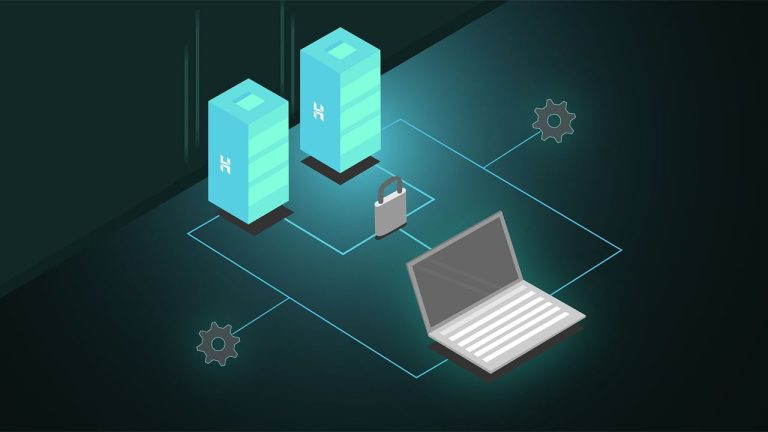

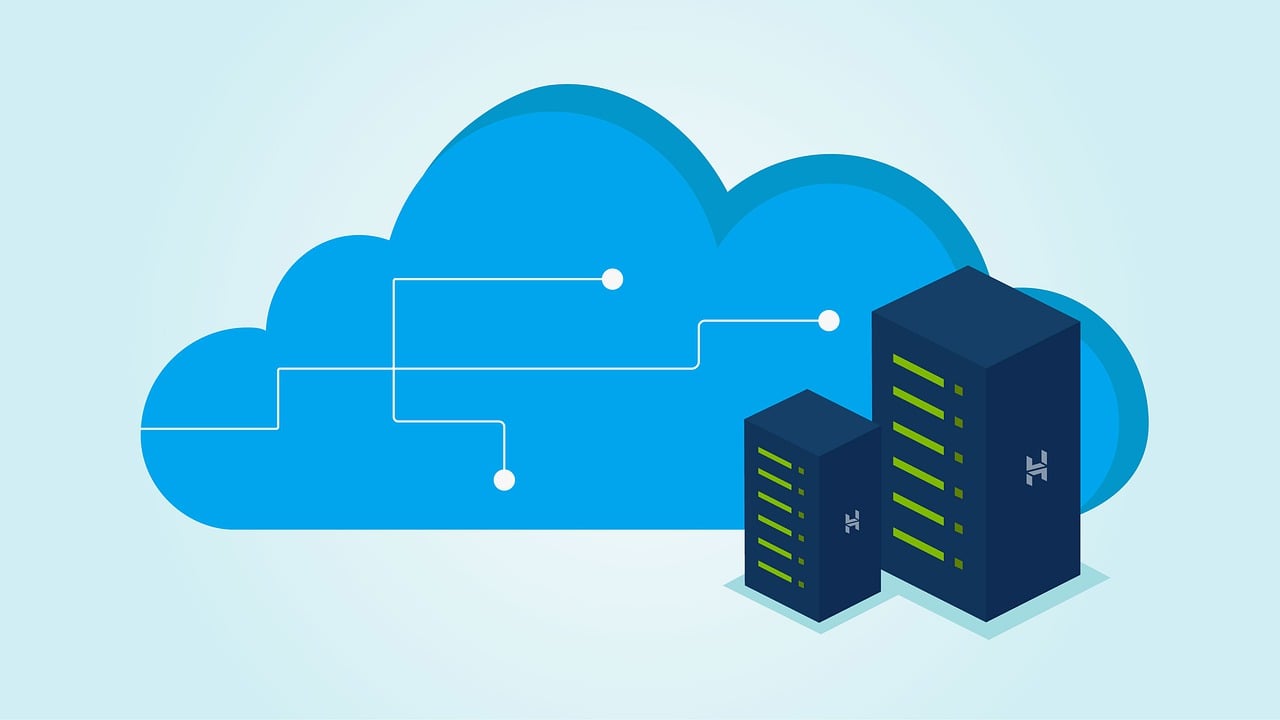
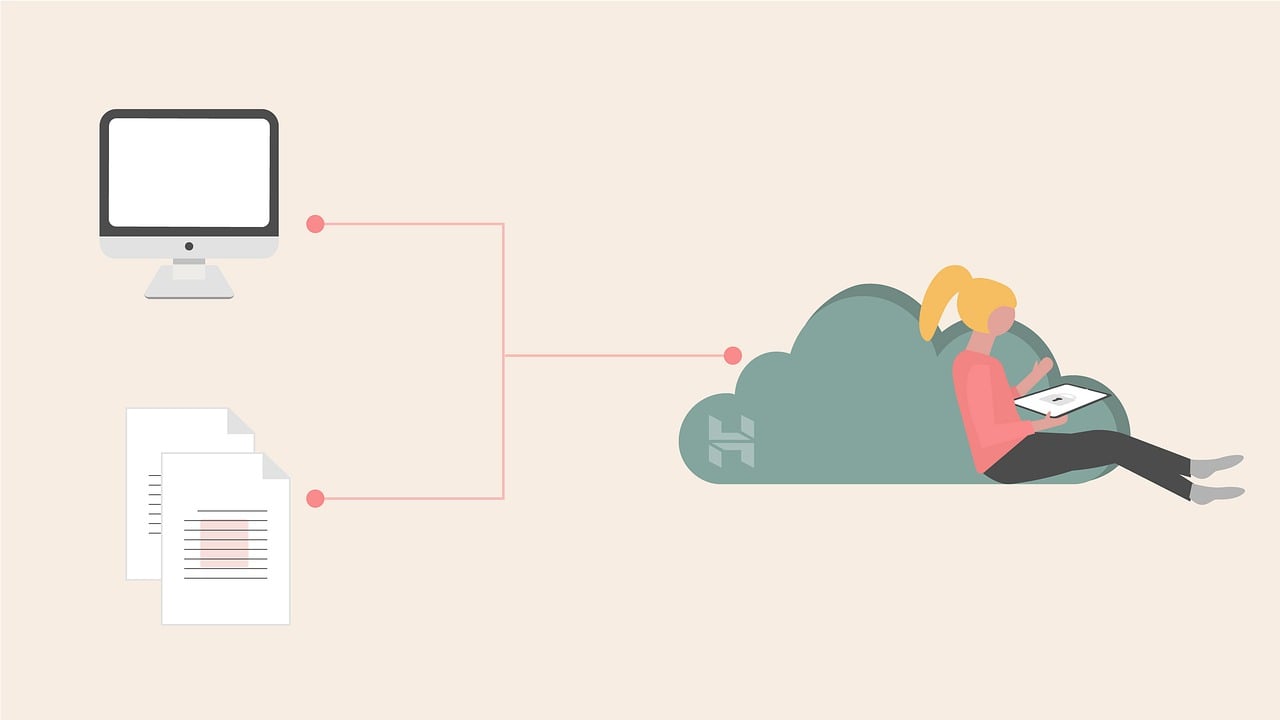


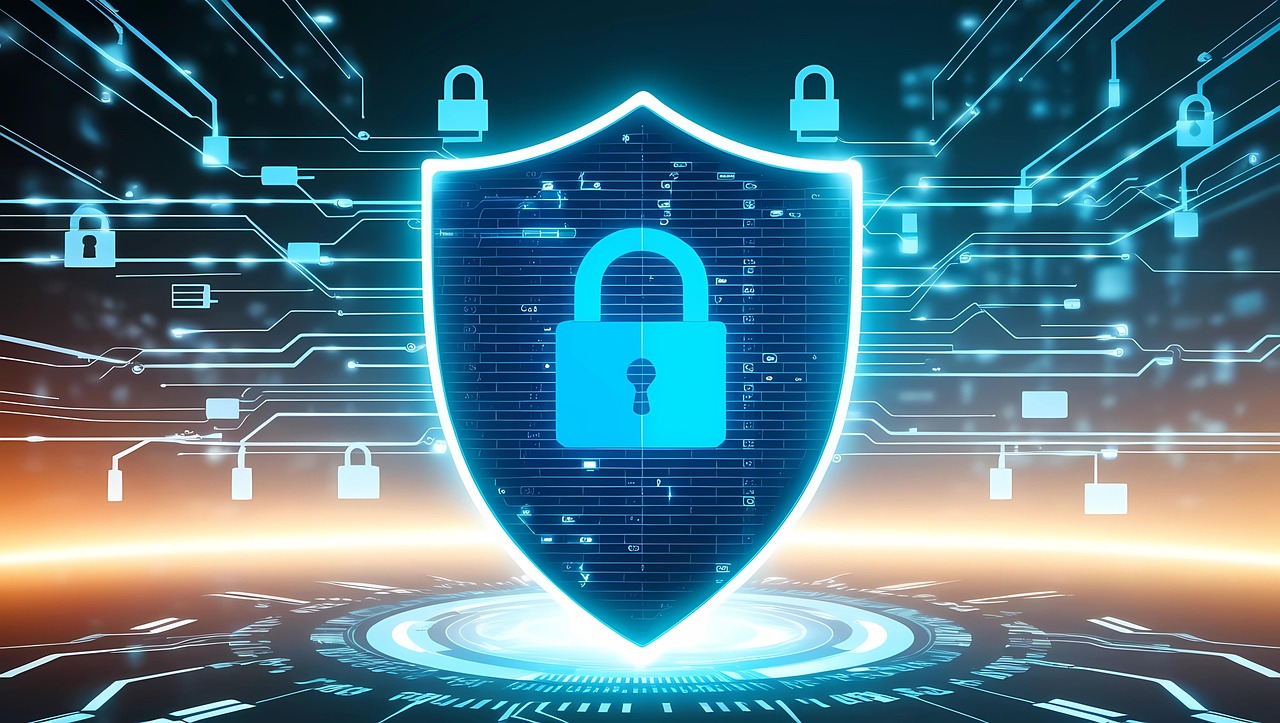

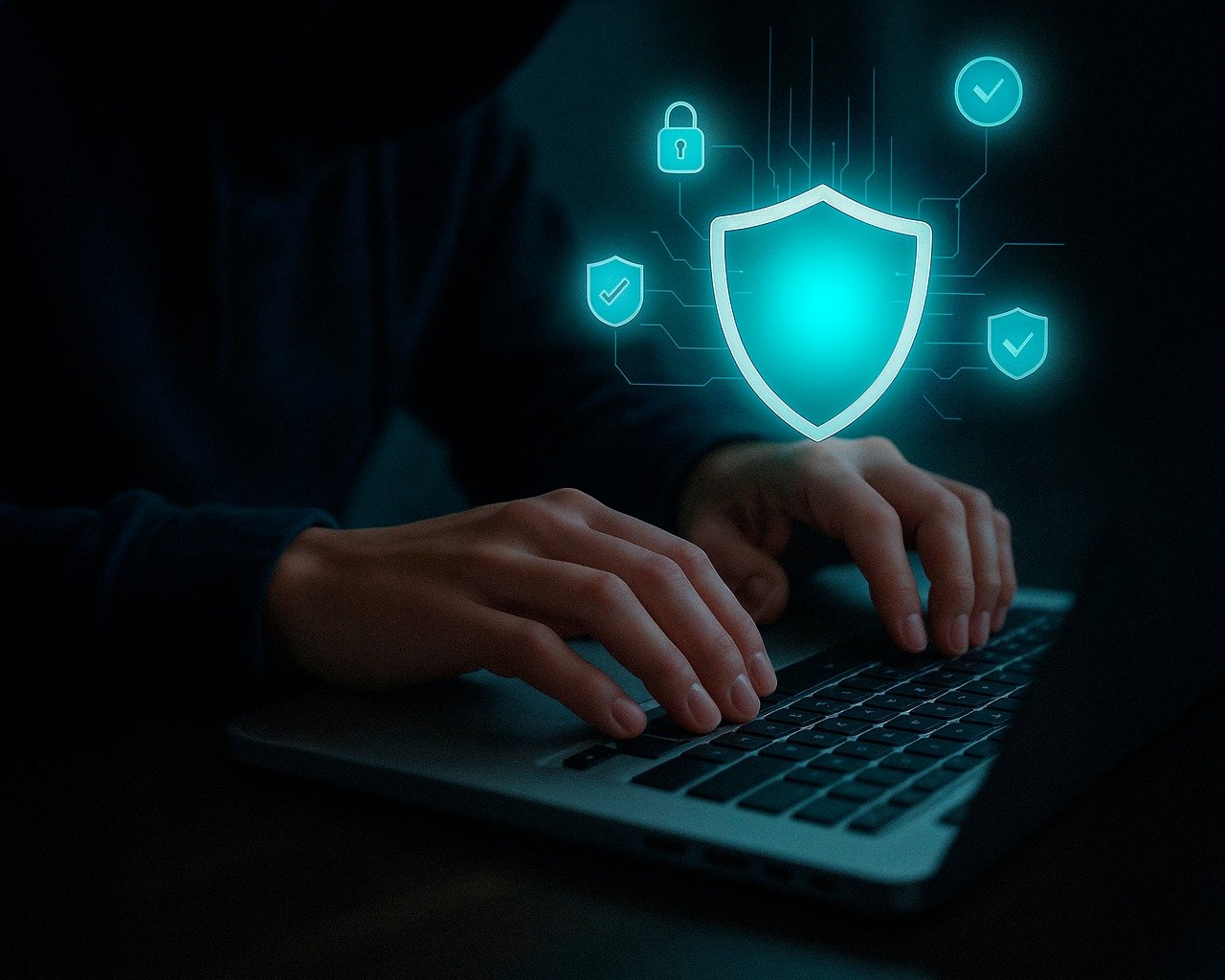



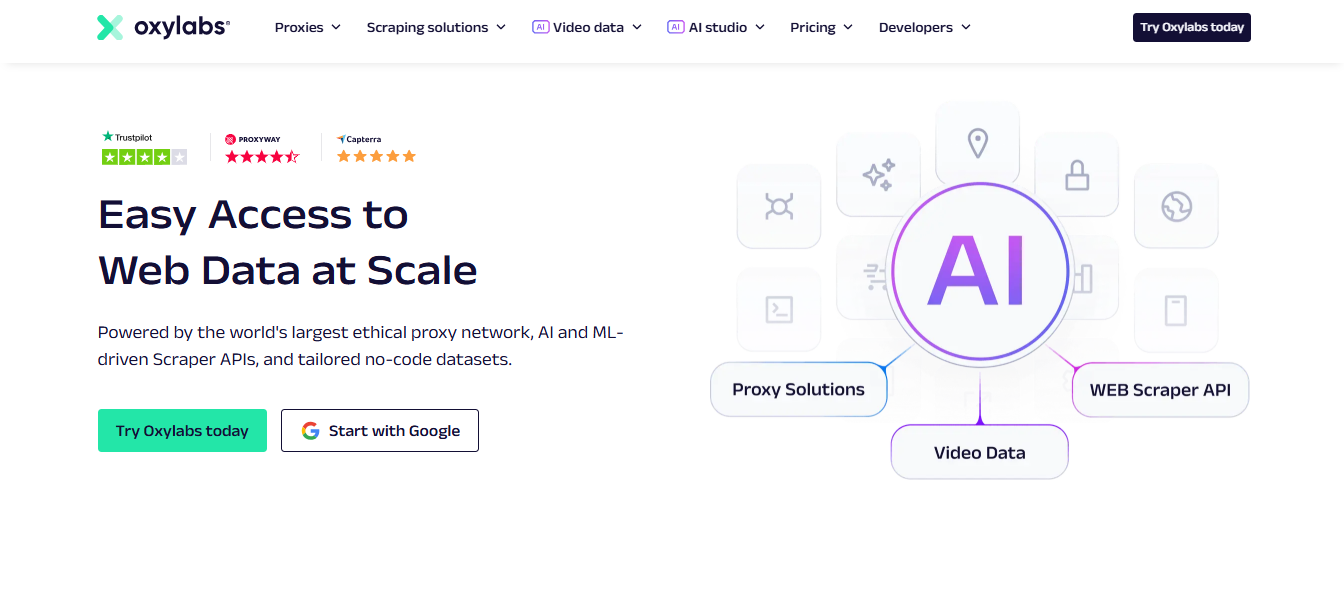

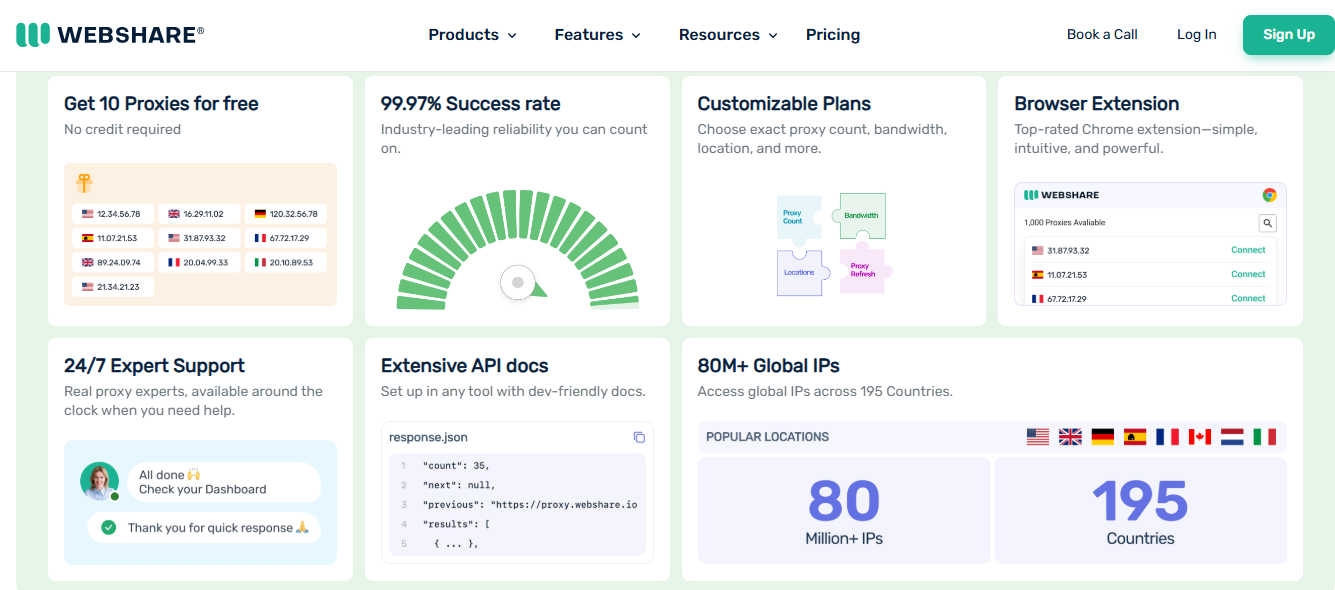
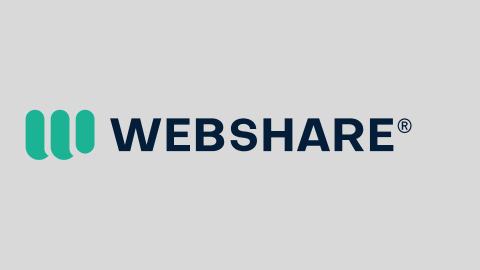

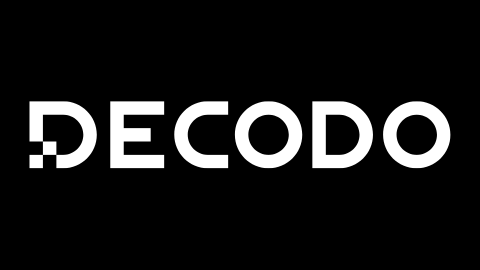
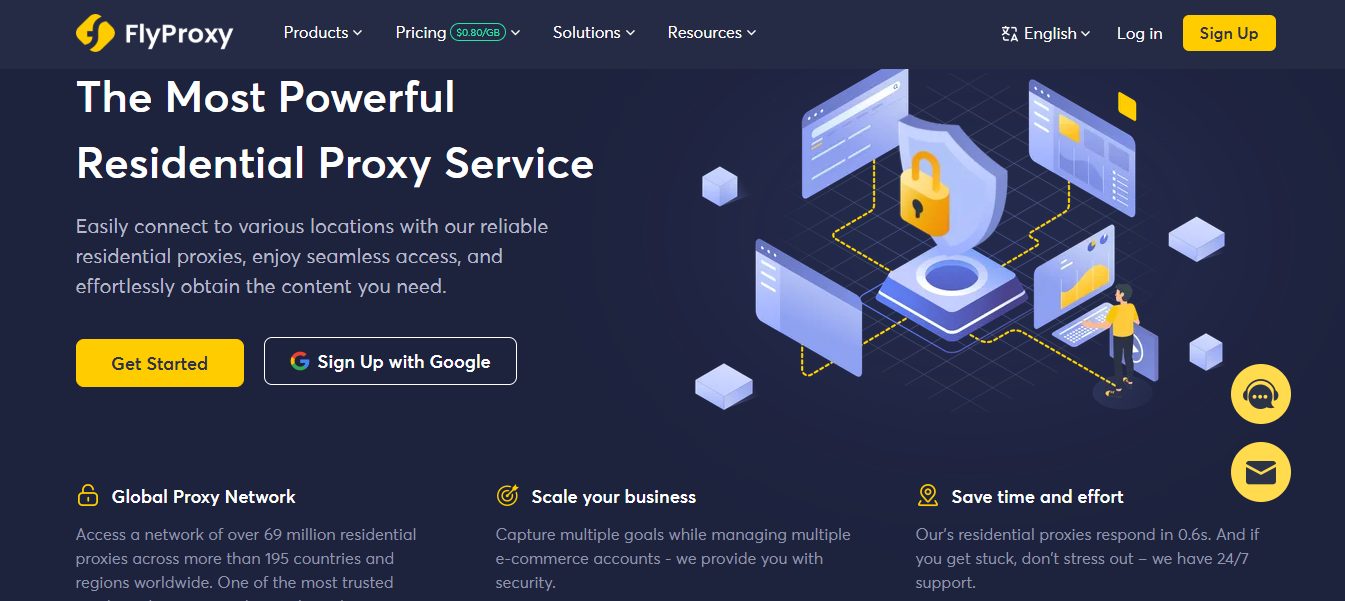

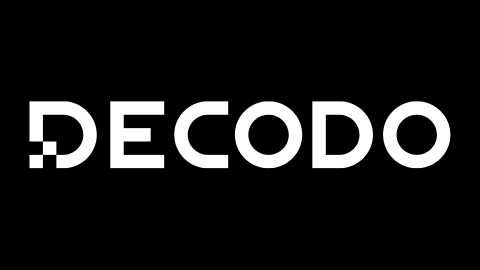
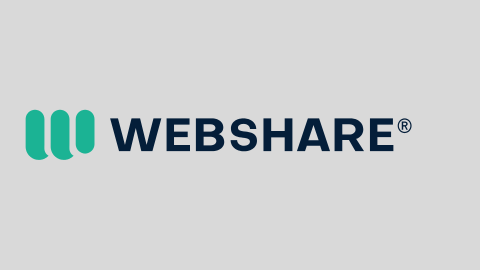

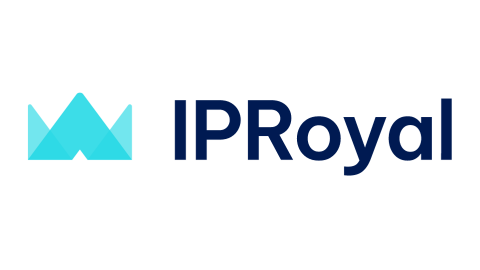
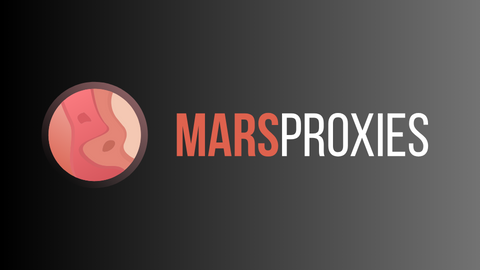
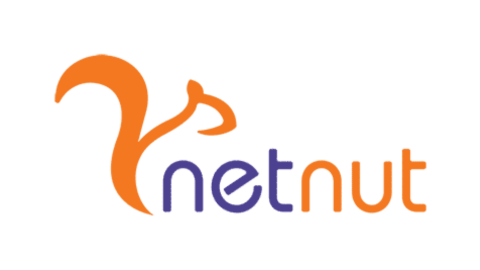
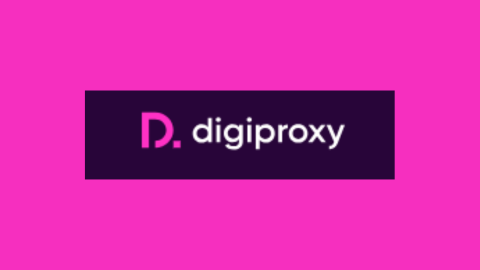
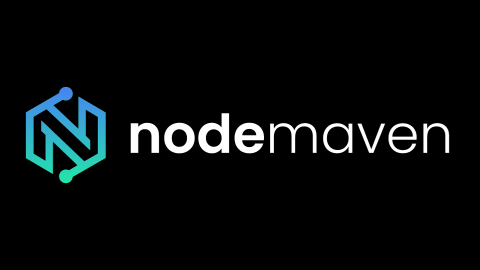
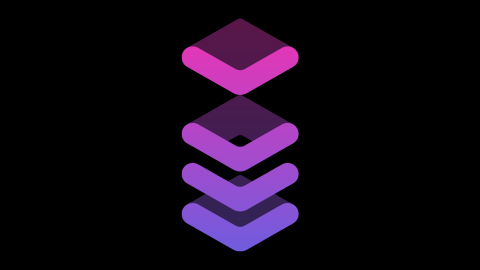
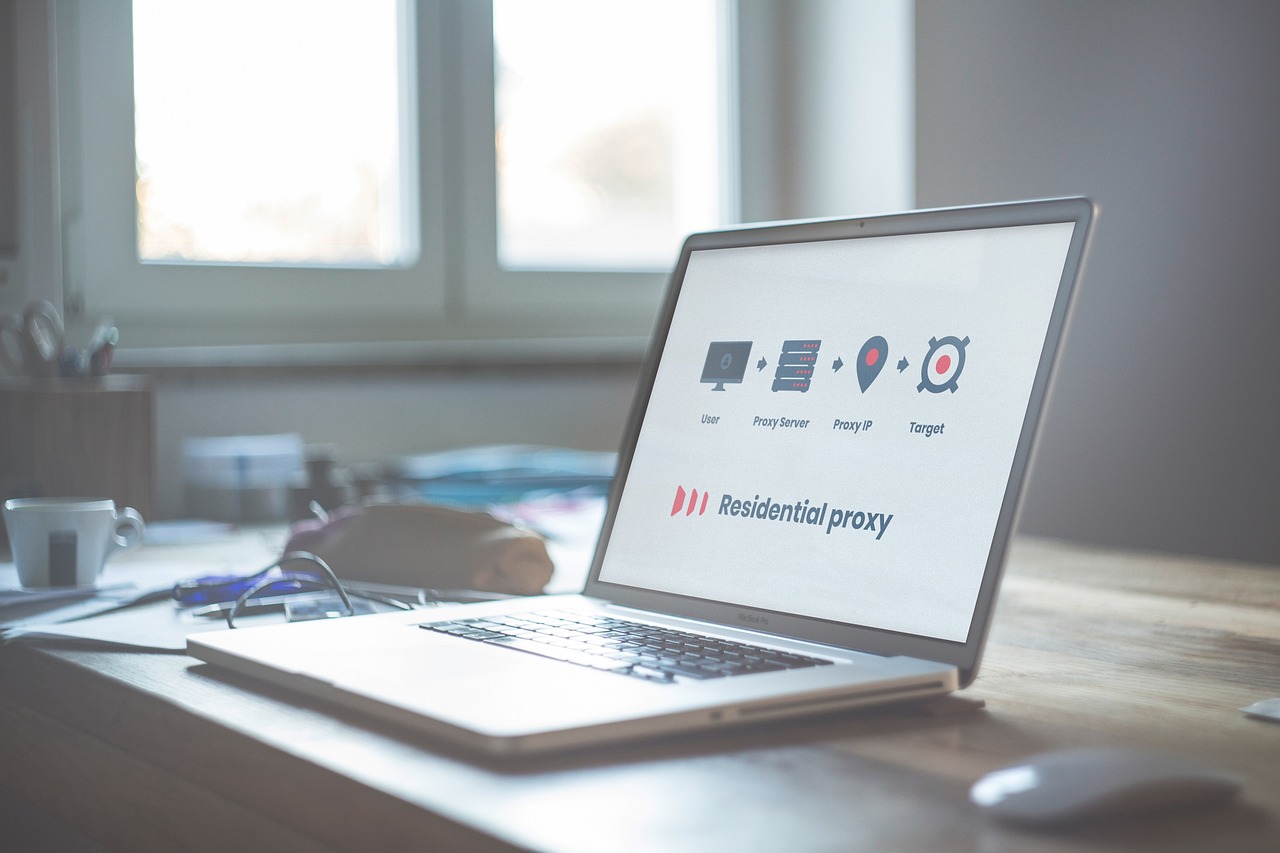

![WELEAKINFO.COM has been Seized by the FBI: A Blow to Personal Data Marketplaces [OLD NEWS] WELEAKINFO.COM has been Seized by the FBI: A Blow to Personal Data Marketplaces [OLD NEWS]](https://secureblitz.com/wp-content/uploads/2020/01/weleakinfo-com-seized-fbi.png)



